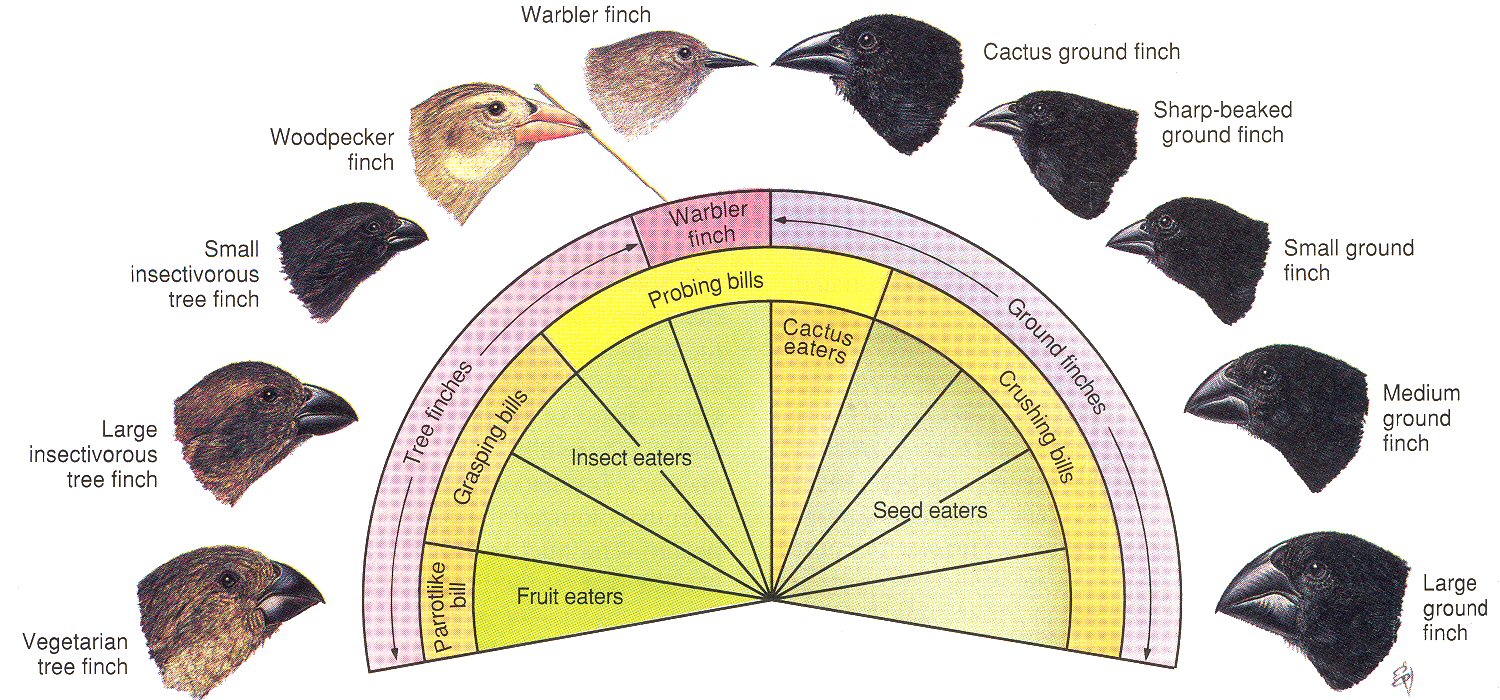WHAT ARE THE EVIDENCES FOR EVOLUTION? NEET (part-2)
Biochemical similarities:
- In the same line of argument, similarities in proteins and genes performing a given function among diverse organisms give clues to common ancestry.
- These biochemical similarities point to the same shared ancestry as structural similarities among diverse organisms.
Anthropogenic:
- Man has bred selected plants and animals for agriculture, horticulture, sport or security. Man has domesticated many wild animals and crops.
- This intensive breeding programme has created breeds that differ from other breeds (e.g., dogs) but still are of the same group.
- It is argued that if within hundreds of years, man could create new breeds, could not nature have done the same over millions of years?
Evidences from embryology: (Von Baer's Principles)
- The embryo of a given species does resemble the embryonic form of a lower one
- The embryo of a given species never resembles the adult form of a lower one.
- More specialized characters develop from the more general ones.
- The general features appear earlier in development than do the specialized features.
- Johann Friedrich Meckel: "recapitulation theory" or "Ontogeny recapitulates phylogeny"
- Earnst Haeckel: Biogenetic law.
- example-1: the tadpole larve of amphians resembles with fish. this indicates that the amphibians might have evolved from fish
- example-2: heart of vertebrates
ADAPTIVE RADIATION
- During his journey Darwin went to Galapagos Islands.
- There he observed an amazing diversity of creatures.
- Of particular interest, small black birds later called Darwin’s Finches amazed him.
- He realised that there were many varieties of finches in the same island.
- All the varieties, he conjectured, evolved on the island itself. From the original seed-eating features, many other forms with altered beaks arose, enabling them to become insectivorous and vegetarian finches.

- This process of evolution of different species in a given geographical area starting from a point and literally radiating to other areas of geography (habitats) is called adaptive radiation.
- Darwin’s finches represent one of the best examples of this phenomenon. Another example is Australian marsupials.
- A number of marsupials, each different from the other evolved from an ancestral stock, but all within the Australian island continent.
- When more than one adaptive radiation appeared to have occurred in an isolated geographical area (representing different habitats), one can call this convergent evolution.
- Placental mammals in Australia also exhibit adaptive radiation in evolving into varieties of such placental mammals each of which appears to be ‘similar’ to a corresponding marsupial (e.g., Placental wolf and Tasmanian wolf-marsupial).

Comments
Post a Comment